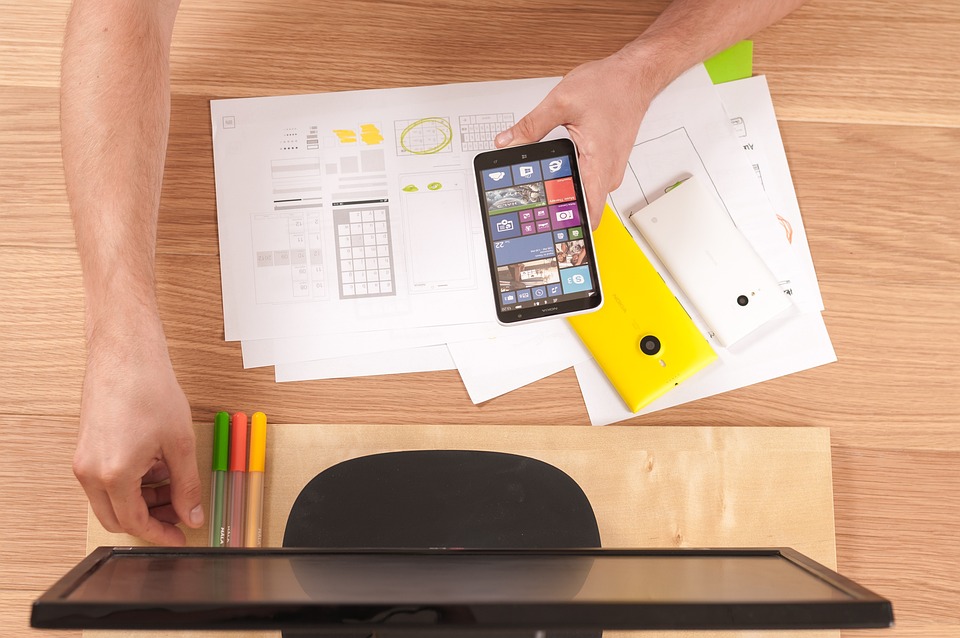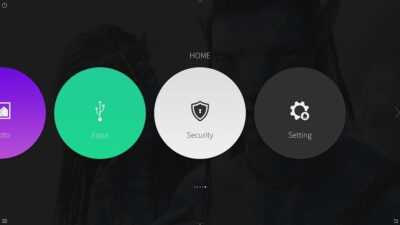User Experience (UX) design has undergone a significant transformation since its inception. What began as a focus on usability and functionality has evolved into a holistic approach prioritizing meaningful connections between users and their digital environments. This article explores the journey of UX design from mere clicks to deep connections, highlighting key milestones, current trends, and future prospects.
The Early Days: Usability Focus
In the early stages of digital design, particularly in the 1990s, the primary focus was on usability. Web designers aimed to ensure that users could navigate websites easily and find the information they needed. The mantra was simple: make things functional. Design was often utilitarian, with aesthetics taking a backseat to performance.
Early UX efforts primarily revolved around research methods like A/B testing, which helped designers refine layouts based on what users found easier to click on. This period laid the groundwork for what would become a growing interest in user-centered design.
The Rise of Aesthetics: Aesthetics and Emotion
As technology advanced and the internet matured, the understanding of UX began to embrace emotional design. In the early 2000s, designers recognized that aesthetics mattered; a visually appealing interface could enhance user satisfaction. This era bought about design trends focused on colors, typography, and layouts that resonated emotionally with users.
The introduction of mobile devices further transformed UX design. With smaller screens and touch interfaces, designers began to prioritize intuitive gestures and minimalism to create smoother interactions. This shift illustrated that UX is not solely about usability but also about the emotional impact of a design.
The Contextual Shift: UX beyond Interfaces
By the 2010s, the landscape of UX had expanded beyond interfaces to encompass the entire user journey. Designers began to understand that a product’s success is determined not just by what happens on a screen, but also by how users feel before, during, and after their interaction. This era emphasized the importance of context, leading to design strategies that considered users’ environments, needs, and motivations.
User research methods diversified, incorporating techniques such as ethnographic studies, journey mapping, and persona development. Companies started prioritizing empathy in their design processes, realizing that understanding the user’s perspective was crucial for fostering a strong connection.
The Current Era: From Design to Engagement
As we venture deeper into the 2020s, UX design continues to evolve. The focus has shifted from merely designing for clicks to building relationships and fostering engagement. Companies are prioritizing user loyalty and satisfaction by incorporating features that promote community and interaction, transforming the way users engage with products and one another.
One significant trend is the rise of personalization. Advanced algorithms and data analytics enable designers to create tailored experiences, allowing users to feel understood and valued. This heightened personalization is essential for cultivating a sense of connection.
Another remarkable development is the push toward inclusive design. Initiatives designed to enhance accessibility are now recognized as essential elements of UX. By considering diverse user needs, designers can create products that resonate across different demographics, inviting a broader audience into digital spaces and fostering deeper connections.
The Future: UX as a Moving Target
Looking ahead, several trends will likely shape the future of UX design:
-
AI and Machine Learning: As artificial intelligence continues to advance, it will play a pivotal role in UX, enabling more intuitive interactions and predictive capabilities that enhance user experience.
-
Voice and Gesture Interfaces: As smart devices become more prevalent, designing for voice and gesture interactions will become increasingly important, moving the focus further beyond screens.
-
Emotional and Behavioral Design: Understanding the psychology of users will deepen as designers strive to evoke specific emotions that can enhance brand loyalty.
- Sustainability and Ethical Design: As UX designers become increasingly aware of their social responsibility, there will be a stronger focus on creating sustainable and ethically responsible designs that prioritize user well-being.
Conclusion: Embracing Connections
The evolution of UX design from clicks to connections reflects a profound change in how we approach digital interactions. No longer is it just about making things easy to use; it’s about creating meaningful experiences that foster genuine connections between users and brands. As technology continues to evolve, the future of UX design stands at the intersection of empathy, creativity, and innovation, paving the way for deeper, more meaningful user experiences across our increasingly digital world.



